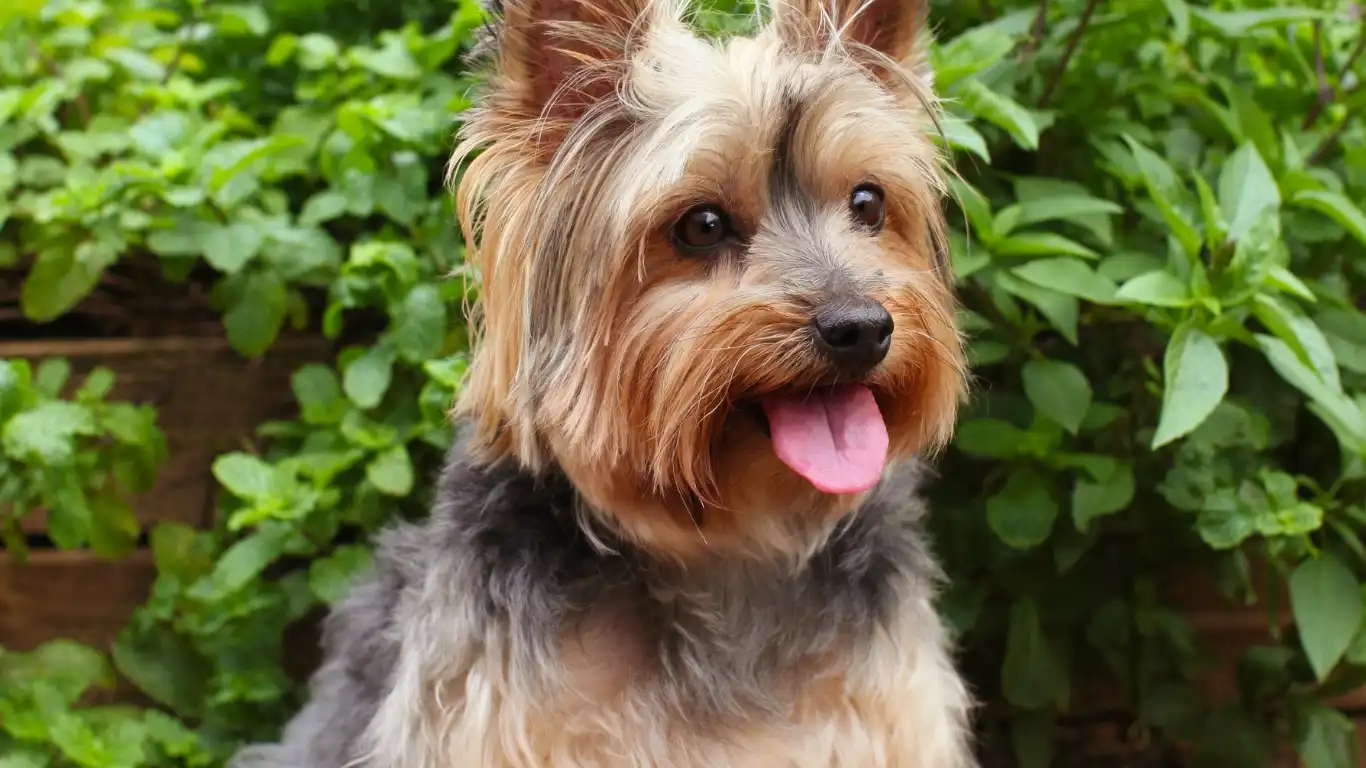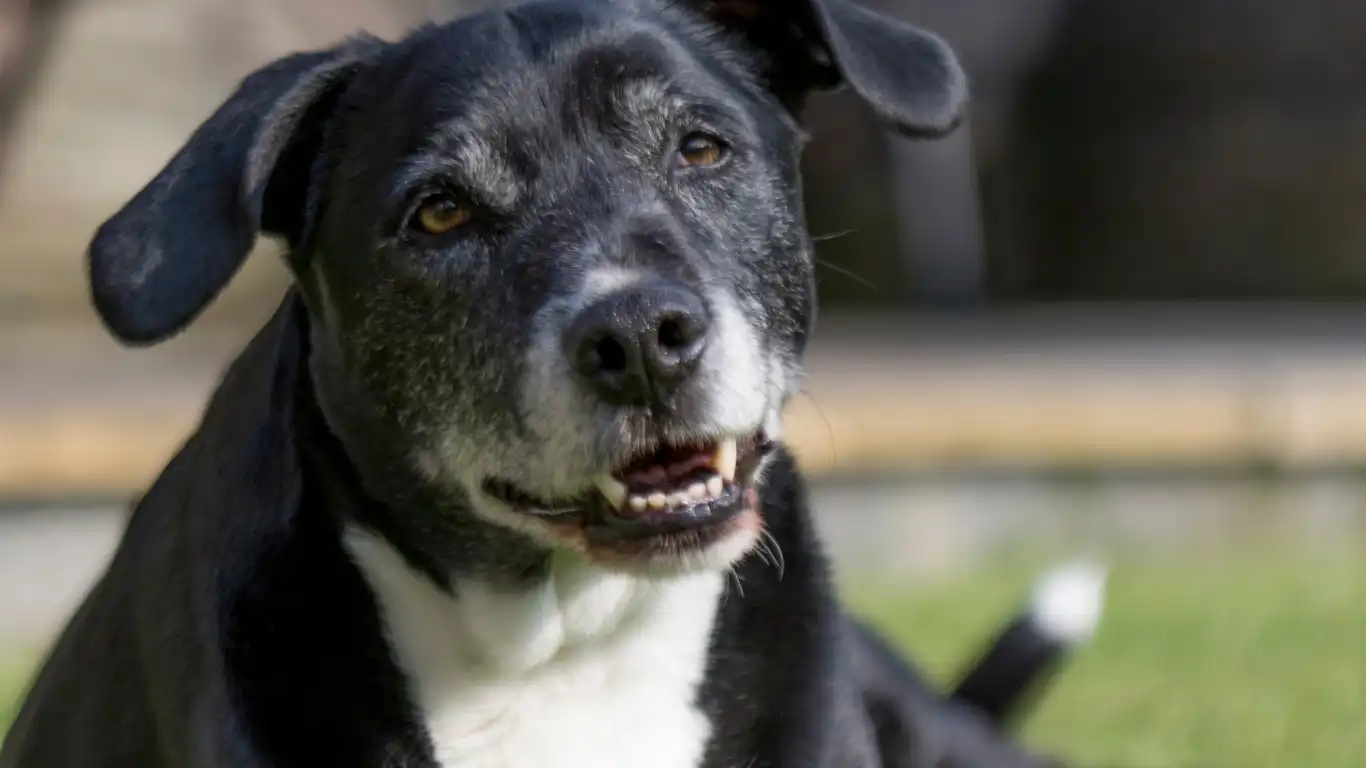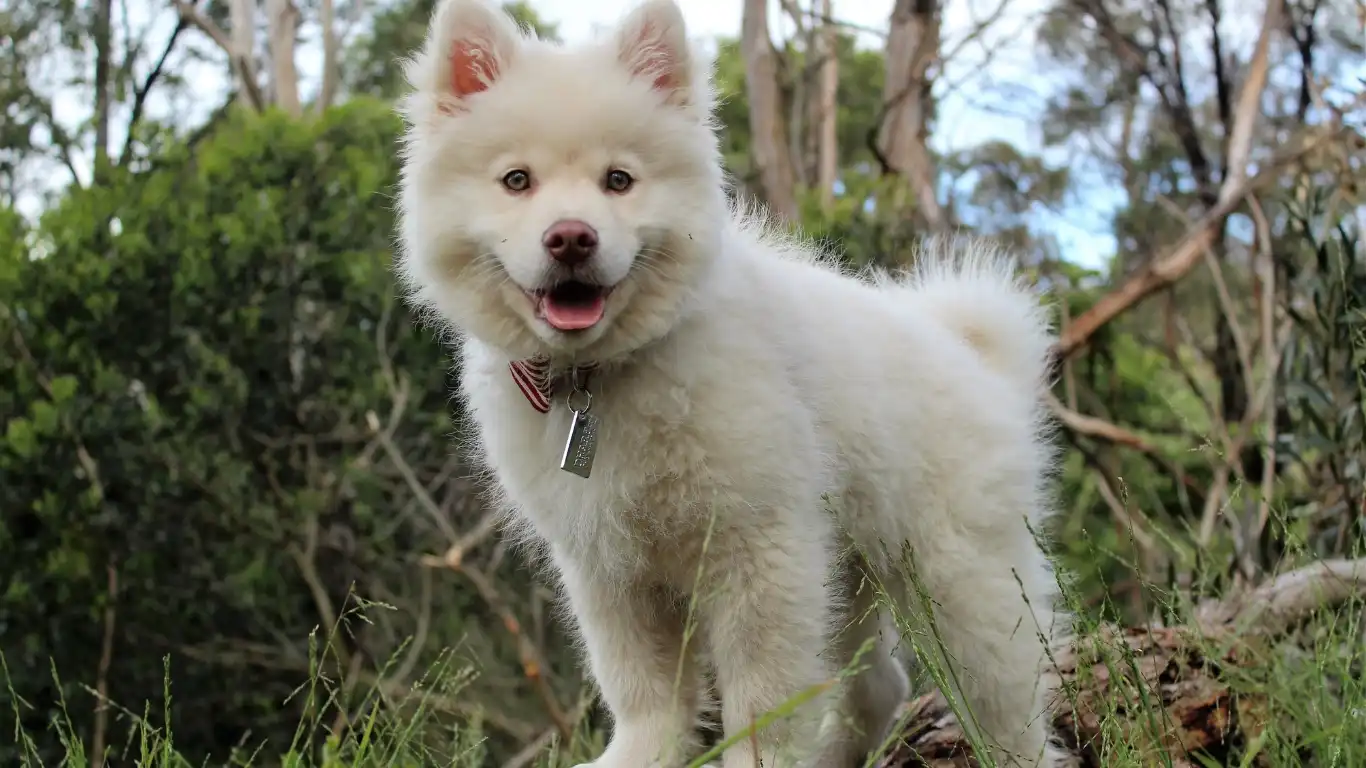Proven Ways to Stop a Dog from Digging in the Yard Fast
If you’re here because you’re frustrated, staring out at another freshly dug crater in your yard—first, take a breath. You’re not alone. Figuring out how to stop a dog from digging in the yard is something many pet parents, myself included, have wrestled with. As a vet tech who specializes in canine nutrition, I’ve seen more than a few clever canines turn a pristine lawn into their own excavation site. The good news? Digging isn’t a hopeless behavioral issue. It’s communication—and with the right approach, we can absolutely do something about it.
Why Dogs Dig: Getting into the Canine Mind

Before we can fix a digging problem, we have to understand why it’s happening. Dogs don’t dig just to annoy us—though it sure feels like that when you’ve just reseeded your lawn. Every time I’ve talked to a client about digging, the root cause always tied back to instinct, energy, or unmet needs.
Boredom and Excess Energy
This one tops the list in my experience. A lot of dogs, especially working breeds or younger pups, have energy levels that outpace their daily routines. If they’re not getting the stimulation they need, they’ll make their own fun. Cue the backyard demolition. I always ask clients, “How much exercise is your dog really getting?” Because a quick walk around the block isn’t cutting it for an Aussie or a Lab.
Looking for Comfort or Cool Ground
Ever notice your dog digging a shallow hole and flopping into it? That’s not random. Dogs often dig to cool down or find a comfy spot to relax—especially in warmer months. I had a German Shepherd patient named Luna who would dig every afternoon, like clockwork, just to chill in the damp soil. Once we added a shaded cooling mat to her outdoor setup, the digging vanished almost overnight.
Hunting Instincts
If your yard has moles, voles, or other critters, your dog might be on the case. Their noses are a thousand times more sensitive than ours, and when they pick up a scent trail, instinct takes over. I remember a Jack Russell Terrier client—Max—who turned his family’s flower beds into Swiss cheese. We figured out he was tracking underground rodents. Once pest control stepped in, his “mission” ended.
How to Stop a Dog from Digging in the Yard: Real-World Solutions

Now that we’ve dug into the why, let’s talk about the what now. It’s important to remember that punishment doesn’t work well here. Dogs don’t dig out of spite, and correcting them without context just adds confusion. Instead, we focus on redirection and fulfilling those unmet needs.
1. Increase Physical and Mental Stimulation
- More walks, longer play: Add an extra 20-30 minutes of active play, fetch, or off-leash time.
- Puzzle feeders and snuffle mats: I recommend these daily, especially for high-energy breeds. They’re amazing boredom busters.
- Obedience sessions: Even 10-minute training blocks burn energy and strengthen your bond.
2. Create a Designated Digging Zone
This one works like magic when done right. Dogs love digging—it’s in their DNA. So, instead of fighting it, we give them a place where they can dig. I had a client build a sandbox for his Husky, filled it with toys and treats buried just below the surface. That dog learned quickly: Dig here, not there.
3. Cool and Comfort Their Space
In summer months, give your pup a cool resting area with shade or a cooling mat. In winter, make sure they have a dry, warm shelter. These little tweaks can make a big difference in their need to dig for comfort.
4. Manage Rodents and Underground Pests
If your dog is obsessed with a specific area, they might be sniffing out wildlife. In those cases, call pest control or set humane traps. And remember, your dog’s nose knows. Trust their instincts if they keep going back to the same spot.
Nutrition and Behavior: An Overlooked Connection

As someone deeply invested in canine nutrition, I have to point this out: what your dog eats affects how they act. Poor diet or nutrient deficiencies can lead to hyperactivity, anxiety, or compulsive behaviors—including digging. If I notice a dog with excessive energy that doesn’t match their exercise level, I dig (pun intended) into their diet.
- Check ingredient quality: Avoid foods with excessive fillers or artificial ingredients.
- Look for Omega-3s: These fatty acids help with cognitive function and emotional regulation.
- Balance is key: Ensure your dog gets a proper ratio of protein, fats, and carbs based on their breed, age, and activity level.
I’ve switched clients from generic kibble to more species-appropriate diets, and the changes have been incredible. Less nervous energy, better focus, and yes—even less digging. Food truly is fuel for the body and the brain.
Consistency is Everything: Training That Actually Works

If I had a nickel for every time I heard “I tried everything and nothing worked,” I’d have enough for a doggie spa day. But here’s the truth bomb—most of the time, it’s not that the solution didn’t work. It’s that it wasn’t applied consistently. When you’re figuring out how to stop a dog from digging in the yard, you need a game plan that’s repeatable, predictable, and positive.
Positive Reinforcement Is Your Best Friend
Dogs thrive on encouragement. Whether it’s a treat, a “good boy!” or some tail-wag-inducing playtime, positive reinforcement tells your dog, “Hey, you nailed it!” One client of mine had a Beagle named Toby who loved turning the rose garden into a lunar landscape. We started rewarding him every time he walked away from the digging zone and redirected toward his sandbox. In less than two weeks, he got the memo. Reward the behavior you want, not just stop the behavior you don’t.
Set Boundaries—but Kindly
It’s okay to block off certain areas of the yard temporarily while you’re working on training. I’ve seen great success using garden fencing, chicken wire, or even strategically placed motion sensor sprinklers. Just keep it humane and non-traumatizing. Think gentle deterrents, not fear tactics.
Timing Matters
If you catch your dog in the act of digging, that’s your teaching moment. Redirect immediately with a firm but calm “Uh-uh!” and move them to their dig-safe area or activity. Don’t wait until they’re back inside with dirt on their nose—that moment’s already passed in their mind.
Environmental Enrichment: Making the Yard More Interesting

Here’s a little pro-tip I love to share with clients: If your yard is boring, your dog is going to spice it up. Dogs need stimulation—new scents, textures, things to chew and chase. If we don’t offer those in acceptable forms, they’ll create their own fun (like digging to China under your fence).
Backyard Enrichment Ideas
- Scatter feeding: Toss kibble around the lawn so your dog has to sniff it out.
- DIY agility courses: Use pool noodles, cones, or low jumps to get them thinking and moving.
- Scent trails: Rub a treat or toy on the ground and hide it. Let them track it down.
These kinds of activities turn the backyard into a playground—and when your dog is having fun, they’re way less likely to dig just for kicks.
Rotate Toys and Activities
Don’t leave the same chewed-up ball outside day after day. Dogs, like kids, get bored fast. I recommend keeping a toy bin and switching things out every few days to keep it fresh. One of my senior clients with a spunky Boxer rotates puzzle toys weekly—and swears it’s the secret to her pristine lawn.
When It’s More Than Just Digging: Behavioral or Medical Flags

Now let’s get real for a sec—sometimes digging isn’t just digging. I’ve had cases where excessive or obsessive digging was tied to underlying behavioral or even medical issues. If your dog’s digging seems frantic, non-stop, or tied to anxiety triggers, it’s time to dig deeper (see what I did there?).
Stress and Separation Anxiety
Digging near doors or fences when you’re gone? That could be a sign of separation anxiety. These dogs aren’t trying to escape—they’re trying to get back to you. I always recommend a full anxiety assessment with a behaviorist if this seems to be the pattern. One of my cases involved a rescue Lab named Sadie. The digging stopped cold once her anxiety was treated with a combo of desensitization training and supplements.
Compulsive Behavior or Lack of Sleep
If your pup seems stuck in a loop—dig, pace, repeat—it could point to compulsive tendencies. This is especially true in high-strung or high-drive breeds. Even nutritional imbalances can play a role. Dogs not getting enough rest or essential nutrients can develop odd behaviors as coping mechanisms. It’s always worth a vet visit if you feel something’s “off.”
Pain or Skin Irritation
Sometimes dogs dig to try to “scratch” something they can’t reach or get comfortable due to joint pain. I had a senior Cocker Spaniel patient who would dig obsessively before laying down. After a thorough exam, we found arthritis in her hips. With the right joint support and a comfier bed, the behavior faded out completely.
Teamwork Makes the Dream Work
I know it’s tempting to tackle everything yourself, but don’t underestimate the power of community. Talk to your vet, chat with a certified trainer, or even reach out to a vet tech like me. Sometimes a second set of eyes can spot what you might’ve missed. Whether it’s your dog’s diet, daily routine, or environmental setup—solutions often come faster when we troubleshoot together.
Also, never feel like asking for help is a failure. In fact, it shows you’re invested. Every time a pet parent asks, “What else can I try?” I know that dog is in good hands. And that, to me, is the mark of a great dog owner.
Daily Routines That Make a Difference

Alright, so we’ve talked about the “why” and the “how” behind how to stop a dog from digging in the yard, but now let’s get into the part that truly seals the deal—your daily routine. Because even with all the tips and tricks, nothing replaces the power of a consistent rhythm that meets your dog’s physical and emotional needs.
From my own experience as a vet tech, I’ve seen the biggest breakthroughs when pet parents set a schedule and stick to it—not obsessively, but with enough structure that their dog starts to relax and thrive. Dogs are creatures of habit. When they know what to expect, their stress levels go down, and destructive behaviors often follow suit.
Morning Burn-Off
First thing in the morning, get that energy out. A quick potty break isn’t enough. Try a brisk walk, short jog, or 10 minutes of fetch before you leave for work. This prevents that pent-up energy from turning into—you guessed it—yard craters by lunchtime.
Interactive Time in the Evenings
After being alone most of the day, your dog is going to crave interaction—not just food and a quick cuddle. Take the time to engage in mentally stimulating activities like short training sessions, sniff walks, or even some tug-of-war. This helps meet their social and cognitive needs.
Wind-Down Zone
I always tell clients to carve out a little calm-down time. Just like we need a bedtime routine, dogs benefit from it too. A little cuddle on the couch, a treat-dispensing toy, and a consistent sleeping space can work wonders to reinforce security and balance.
Real Talk: Every Dog is Different

Let’s be honest—what works for one pup might be totally ineffective for another. Breed, age, personality, even trauma history all play a role. That’s why I’m big on a personalized approach. For example, I had two clients with diggers—one was a bored young Boxer who needed physical challenges. The other? An older mixed breed who only dug after thunderstorms. Turns out she was anxious and self-soothing. Two totally different plans—both successful.
Breed-Specific Behaviors
If you’ve got a terrier or a hound, expect some digging. It’s literally in their job description. These breeds were bred to tunnel, chase, and hunt underground. That doesn’t mean you’re stuck—it just means you’ll need to get creative with enrichment and outlet options.
Age-Appropriate Solutions
Puppies explore with their paws. Seniors might dig for comfort. Teens? Oh boy, teens are like toddlers on espresso. Tailor your approach to match their developmental stage and energy needs. A one-size-fits-all method is usually a recipe for frustration.
Track the Triggers
When in doubt, start journaling. Seriously. Note the time of day your dog digs, what’s going on in the environment, and how long it lasts. You’d be surprised how quickly patterns emerge. Once you identify the triggers, you’re halfway to the solution.
Backyard Safety Check: An Often Overlooked Step
This one gets missed all the time, but it’s huge. I always ask clients to walk their yard like a curious pup. What might look harmless to us could be an invitation to dig—or a hazard.
- Old tree roots peeking out? Dogs love tearing into those.
- Unseen animal scents? That’s like a treasure map to a dog’s nose.
- Soft spots in the soil? Digging hotspots just waiting to happen.
Secure fencing, remove access to tempting smells (like compost or animal waste), and keep the yard free of toxic plants or chemicals. Sometimes, preventing digging is as simple as taking away the “why” before it starts.
Final Thoughts: Compassion Over Correction
At the end of the day, your dog isn’t trying to ruin your garden. They’re just expressing something—boredom, anxiety, curiosity, instinct. When you come at the issue with empathy instead of punishment, you’re far more likely to see long-term results. And trust me, that matters.
When I think back to the hundreds of pet parents I’ve worked with, the ones who saw success were the ones who treated digging not as misbehavior, but as a puzzle to solve with love, patience, and a little detective work. That’s how real change happens.
Helpful Resources and Further Reading
- American Veterinary Medical Association (AVMA)
- ASPCA: Behavior & Training Tips
- Whole Dog Journal – Holistic Dog Behavior Resources
- American Kennel Club (AKC)
Whether you’re looking into behavioral training, nutritional shifts, or enrichment tools, these are credible starting points backed by professionals who live and breathe animal care just like I do.
Disclaimer
This article is intended for educational purposes only and does not replace veterinary advice. Always consult with your veterinarian or a certified canine behaviorist before implementing new training or dietary strategies, especially if your dog’s behavior is excessive, harmful, or rapidly changing.






